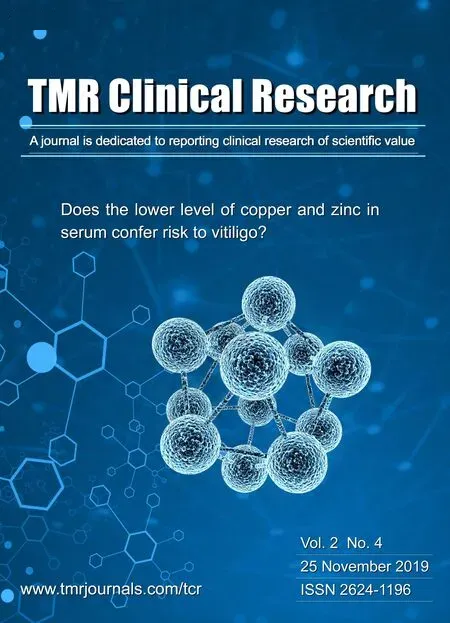Lower level of copper and zinc in serum confer risk to vitiligo:a systematic review and meta-analysis
2019-12-09TaoYangYiBoCaoWanLingLiangJianXiaWenShiZhangWeiHaoTianLiTianBaoXiao
Tao-Yang,Yi-Bo Cao,Wan-Ling Liang,Jian-Xia Wen,Shi-Zhang Wei,Hao-Tian Li,Tian-Bao Xiao*
1Chengdu University of Traditional Chinese Medicine,Chengdu,China;2Guizhou University of Traditional Chinese Medicine,Guiyang,China;3The Fifth Medical Center of PLA General Hospital,Department of Pharmacy,Beijing,China.
Abstract Etiology and pathogenesis of vitiligo has not been interpreted perfectly.Epidemiologic evidence about falling level of copper and zinc in blood serum increasing the risk of vitiligo remains contradictory.We investigated the association between blood serum copper and zinc with vitiligo via performing a meta-analysis.Results indicates there was a significant lower level of copper and zinc in patients with vitiligo compared with healthy population((Z=3.55, P=0.000;SMDCu=-0.84,95% CI,-1.30 to-0.38)and(Z=5.40, P=0.000;SMDZn=-1.01,95% CI,-1.38 to-0.64),respectively).Meanwhile,no statistical evidence for publication bias in the end outcome.Conclusion from our finding offers a meaningful insight into lower level of copper and zinc in serum confer risk to vitiligo.
Keywords:Vitiligo,Copper,Zinc,Systematic review,Meta analysis.
Introduction
Vitiligo is a prevailing hypopigmentary ailment occurring world-ranges with uncertain origin[1].It is estimated the prevalence of vitiligo is from 0.5%to 1%in world’s population[2].The rates occurring in India is 8.8%,far more than global incidence[3].Vitiligo is characterized by acquired patchy depigmentation with appearance of white patches on different parts of the skin[1,4].It is a ailment that brings about bad appearance,falling self-esteem,decreased quality of life and social relationships difficulties[5,6].It is public knowledge that color of skin is highly heritable but can be influenced by the environments and endocrine factors[7].Many other factors are also involved in the formation of skin color,which sometimes affects pigmentation patterns[8].Melanocytes were observed noticeably in the skin,mucous membranes and retina in patients with vitiligo[9].However,vitiligo has not been exactly interpreted in terms of it’s etiology and pathogenesis.Genetic susceptibility[10],autoimmune mechanisms[11],oxidative stress[12]and mediators of neurochemical stimulation[13]may serve as the pathophysiological roots for the destroy of functional melanocytes.
Recent advances in mechanisms of vitiligo have heightened the role of trace elements.Copper(Cu)and zinc(Zn),play a pivotal role in the destruction of melanocytes or inhibition of tyrosinase[14-16].Cu is not only essential for the biogenesis of tyrosinase,but remains tightly-bound to the protein and participates in catalytic activity of the enzyme with the mature quinone cofactor[17].Zn constitutes a dominant prosthetic group in Zn/Cu superoxide dismutase,affecting cellular reduction,oxidation status and transcription of genes[18].Simultaneously,Cu and Zn are considered as antioxidants,catalyzing the dismutation of ROS to O2or H2O2and protecting melanocyte from oxidation[19].
Current evidence from worldwide about the association between Cu and Zn with vitiligo are controversial.Serval studies have reported serum Cu and Zn stay at a lower level in patients with vitiligo[14,20,21].However,others hold opposite opinions[22,23].Such a contradiction is waiting to be tackled timely.So,we employed a meta-analysis to confirm the association of serum Cu and Zn with vitiligo.
Materials and methods
Eligibility criteria
This study referred to the handbook of Cochrane System reviewer to form inclusion and exclusion criteria based on“PICOS”principles.Studies meet the following criteria will be included:(a)design of studies:cohort and/or case-control studies published as originally;(b)subjects:general populations;(c)exposure factors:copper and zinc in blood serum;(d)outcome:incidence of vitiligo.Exclusion criteria:(i)irrelevant studies and duplicated literatures;(ii)unavailable data literatures;(iii)letters,reviews,comments and meta-analyses.
Search methodology
Electronic databases including PubMed,EMBASE,Medline,Cochrane Library,the Chinese National Knowledge Infrastructure(CNKI),Wan Fang Med Online(Wan Fang),Chinese Biology Medical Literature Database(CBM)and VIP were comprehensively searched from inception to July 2019.The following search terms were searched in the combination of medical subject headings(MeSH)terms and the following free words:vitiligo/hypopigmentation/pigmentationdisorders/biometal/cop per/zinc.In addition,we also searched other potential and relevant references manually.Taking the Pubmed database as an example,search strategies are as follows:
#1 vitiligo(MeSH)or hypopigmentation or pigmentation disorders
#2 copper(MeSH)or Cu or biometal or trace elements
#3#1 and#2
#4 zinc(MeSH)or Zn or trace elements
#5#3 or#4
Study selection
Two investigators(Tao Yang,Yi-Bo Cao)filtered the original studies independently.If the literature meets the eligibility criteria,the two investigators will further read the full text to screen the study.Any discrepancies were tackled by discussion or third-party consensus.
Data extraction and analysis
A standardized data extraction form was employed for data collection.Two investigators(Yi-Bo Cao,Wan-Ling Liang)independently extracted data as follows:(i)the first author’s name,publication year;(ii)region where the study was conducted;(iii)study subjects,number of participants and their ages.Disagreements between two investigators were tackled by discussion and consensus.
Quality assessment
Newcastle-Ottawa Scale(NOS)was employed to assess study quality[24].The NOS with a maximum of nine stars.Study quality assessment from three dimensions:(a)selection;(b)comparability;(c)exposure/outcome.Final score≥six or above was high quality,while zero to six score was low quality.Any disagreements during assessment were resolved by iteration,discussion,and consensus.
Statistical analysis
STATA software(version 13.0,TX,USA)was applied for data synthesis.Heterogeneity among studies was tested byQtest and I2test before pooling effect.The fixed effect model and the random effect model were based on the result ofQtest and I2test.Fixed effect model was adopted if I2<50%andP>0.1.Otherwise,a random effect model was employed.The standardized mean difference(SMD)and 95%confidence intervals(CI)were calculated.The significance of pooled SMD was determined by theZtest,andP<0.05 represented statistical significance.Possible publication bias was determined by using Begg's test[30]and Egger's regression asymmetry test[31].The influence of a single study on the overall meta-analysis was investigated by sensitivity analysis.
Results
Study selection outcome
492 relevant articles were retrieved ultimately.Among them,209 were repeated articles.Totally,162 literatures were excluded by screening the titles and abstracts due to reviews,case report,letters,comments,and laboratory studies,remaining 47 articles.Then 29 articles were excluded by examining the abstracts or full-texts.Finally,eighteen studies[14,20,21,23,25-38]met the inclusion criteria and were included in this meta-analysis(Figure 1).
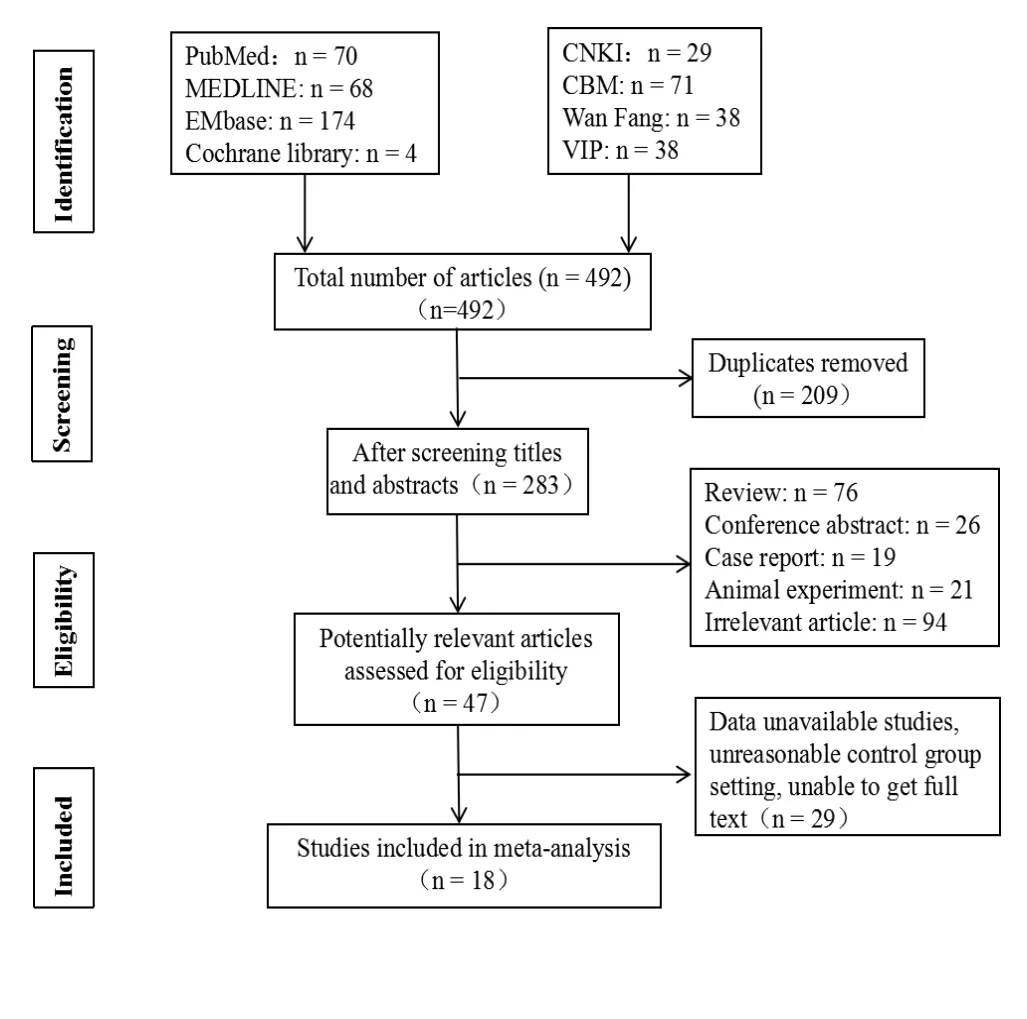
Figure 1 Flowchart presenting the selection process of studies
Study characteristics total effective rate
18 studies involving 2,923 populations(1,125 in case group and 1,798 in control group)were involved.One of these studies were from India[23],two from Iran[20,21],one from Poland[14],and the remaining fourteen from China[25-38].Among them,four studies were case-control design[20,23,30,39],and others were cohort design[14,21,27-29,31-38,40].With respect to the outcomes,fifteen studies reported serum copper levels[14,25-38].Seventeen studies reported serum zinc levels[14,20,21,23,25-29,31-38].One study[20]reported zinc level in generalized and focal vitiligo.For this study,we made descriptive analysis only.The characteristics of included studies are presented in Table 1.
Study quality assessment
According to NOS,quality assessment results were showed in Figure 2 and Table 2.The scores of included studies ranged from five to eight(mean score 6.06),two studies scored eight[14,21],and eight studies were low-quality(<six score)[25,26,30-34,37].

Figure 2 NOS for quality assessment
Meta-analysis of association between serum copper and vitiligo
Heterogeneity was tested firstly before pooled analysis.Results indicated a high statistical heterogeneity among those studies(P=0.000(P<0.1),I2=95.2%).Thus,a random effect model was applied for pooled analysis.In the pooled analysis,there was a significant lower level of Cu in vitiligo patients compared with healthy people((Z=3.55,P=0.000);Pooled SMD=-0.84,95% CI:-1.30 to-0.38).Pooled analysis results were presented in Figure 3.
Meta-analysis of association between serum zinc and vitiligo
Heterogeneity among the 16 articles was also examined firstly.Test results also revealed a high statistical heterogeneity among those studies(P=0.000(P<0.1),I2=92.8%).Thus,we chose a random effect model for pooled analysis.After pooled analysis,there was a significant lower level of Zn in vitiligo patients compared with healthy people((Z=5.40,P=0.000);Pooled SMD=-1.01,95%CI:-1.38 to-0.64).Pooled analysis were presented in Figure 4.
For the study[20]reported serum Zn in generalized,focal,and mucosal vitiligo patients,result revealed no significant Zn levels in patients with focal vitiligo and the healthy group,while individuals with generalized vitiligo had lower zinc level in comparison with the healthy group.
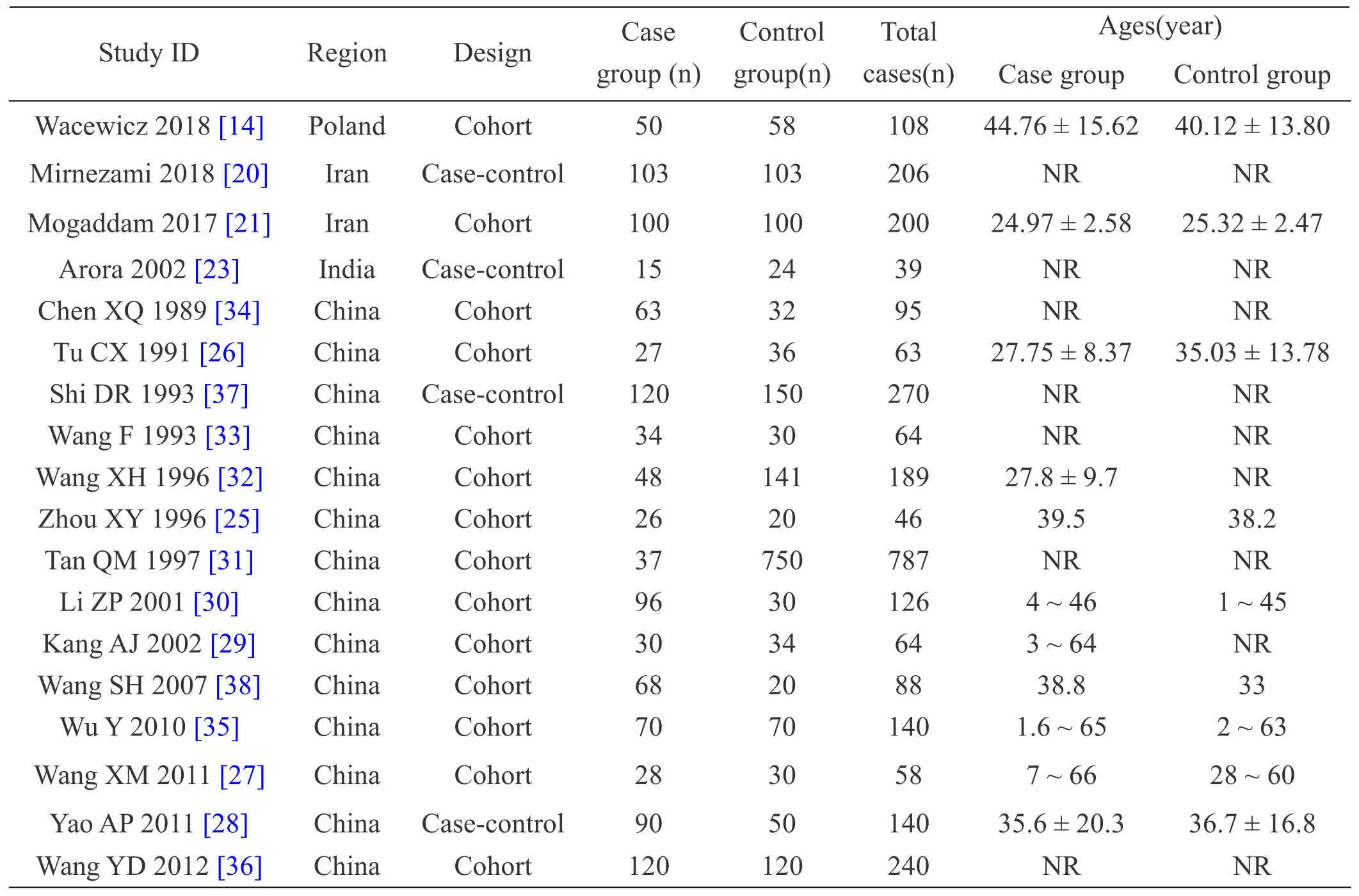
Table 1 Main information of included studies in the meta-analysis

Table 2 Quality assessment according to NOS
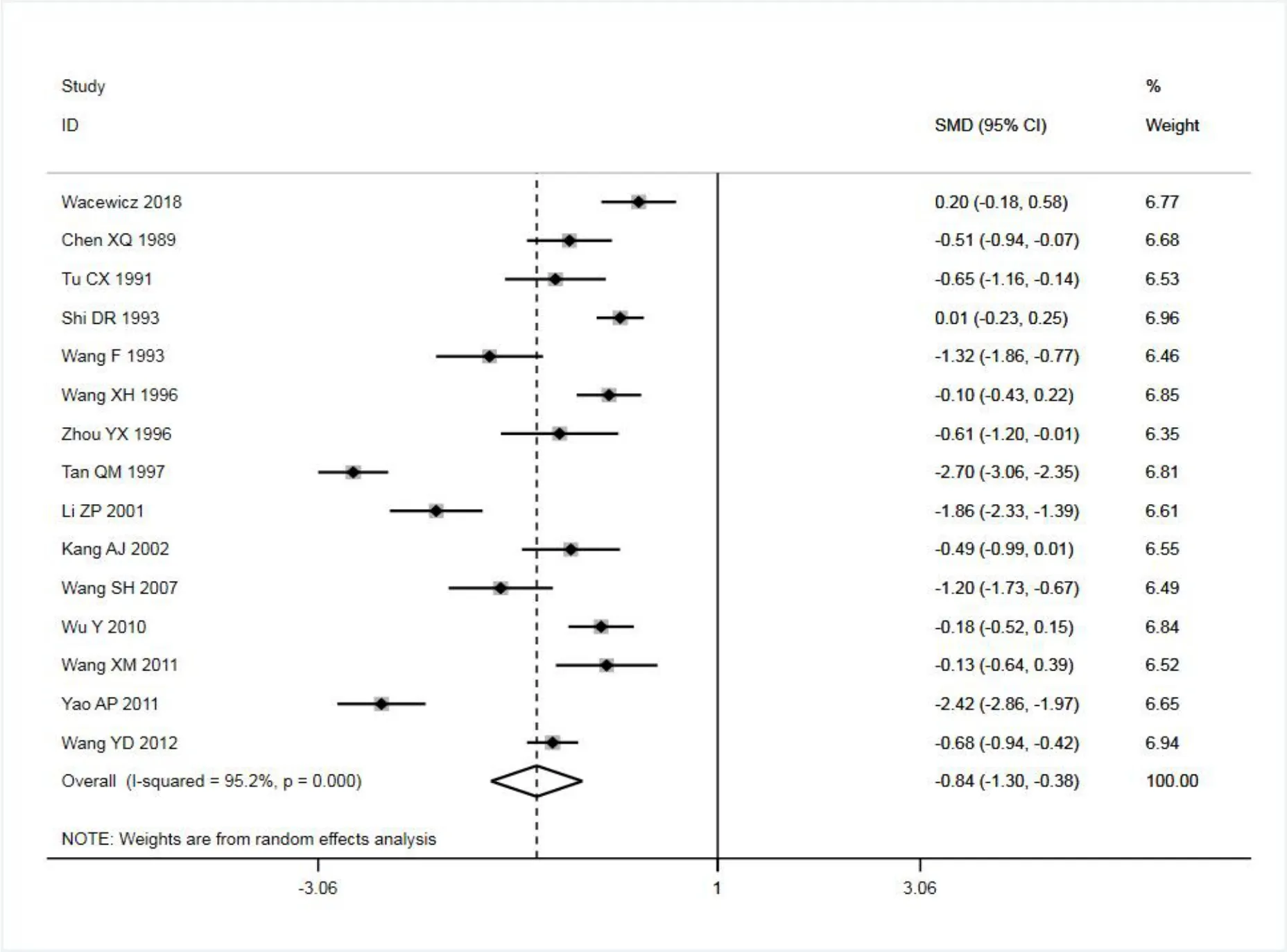
Figure 3 Meta-analysis of the association between serum copper and vitiligo
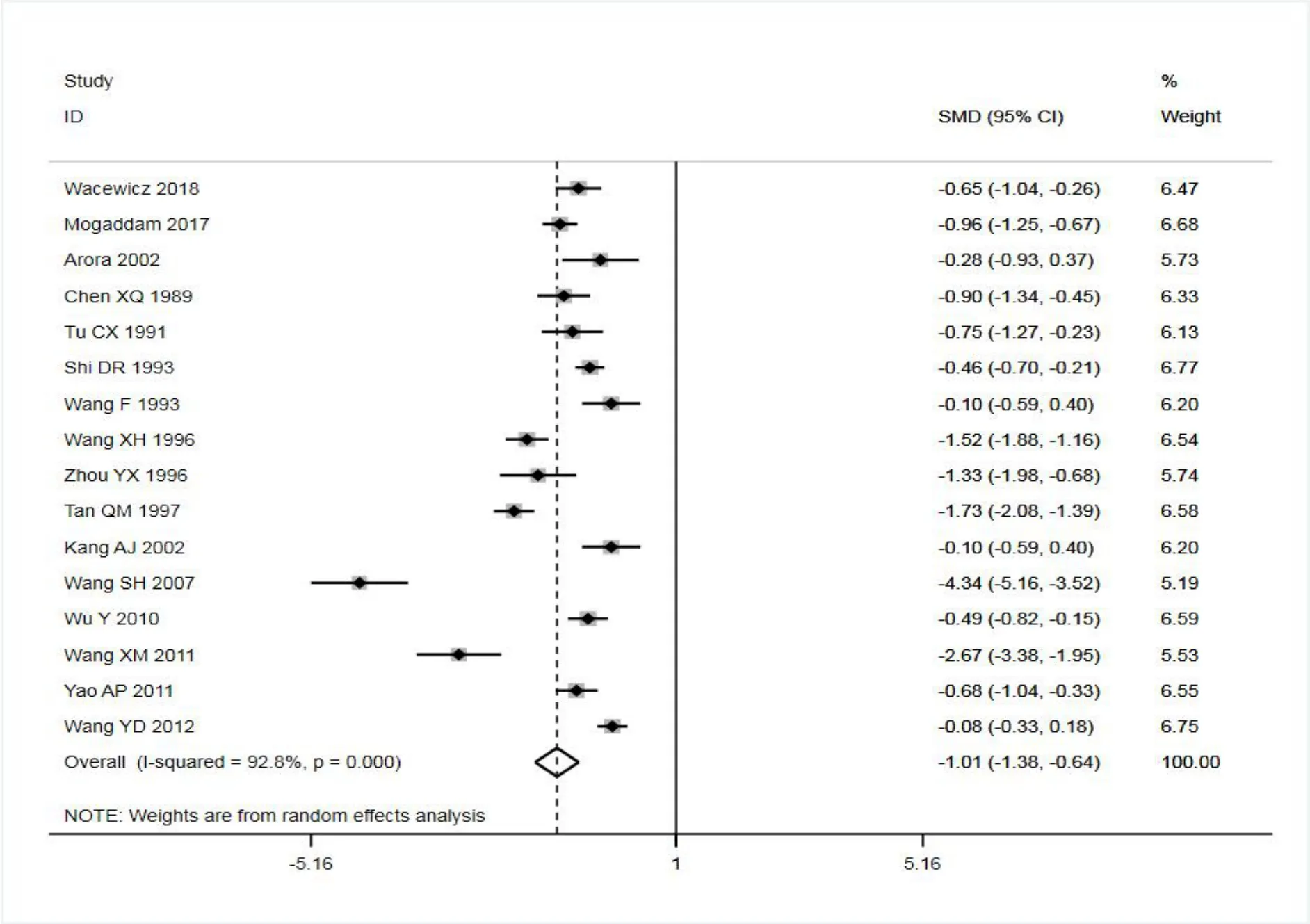
Figure 4 Meta-analysis of the association between serum zinc and vitiligo
Sensitivity analysis
We employed sensitivity analyses to verify robustness of our results.Results were shown in Figure 5 and Figure 6.We performed sensitivity analysis via model change,low quality studies omitted,and leave-one-out procedure each time,outcomes of sensitivity analyses manifested that exclusion of any study did not accounted for heterogeneity significantly(Table 3),which demonstrated our results were robust to some extent.
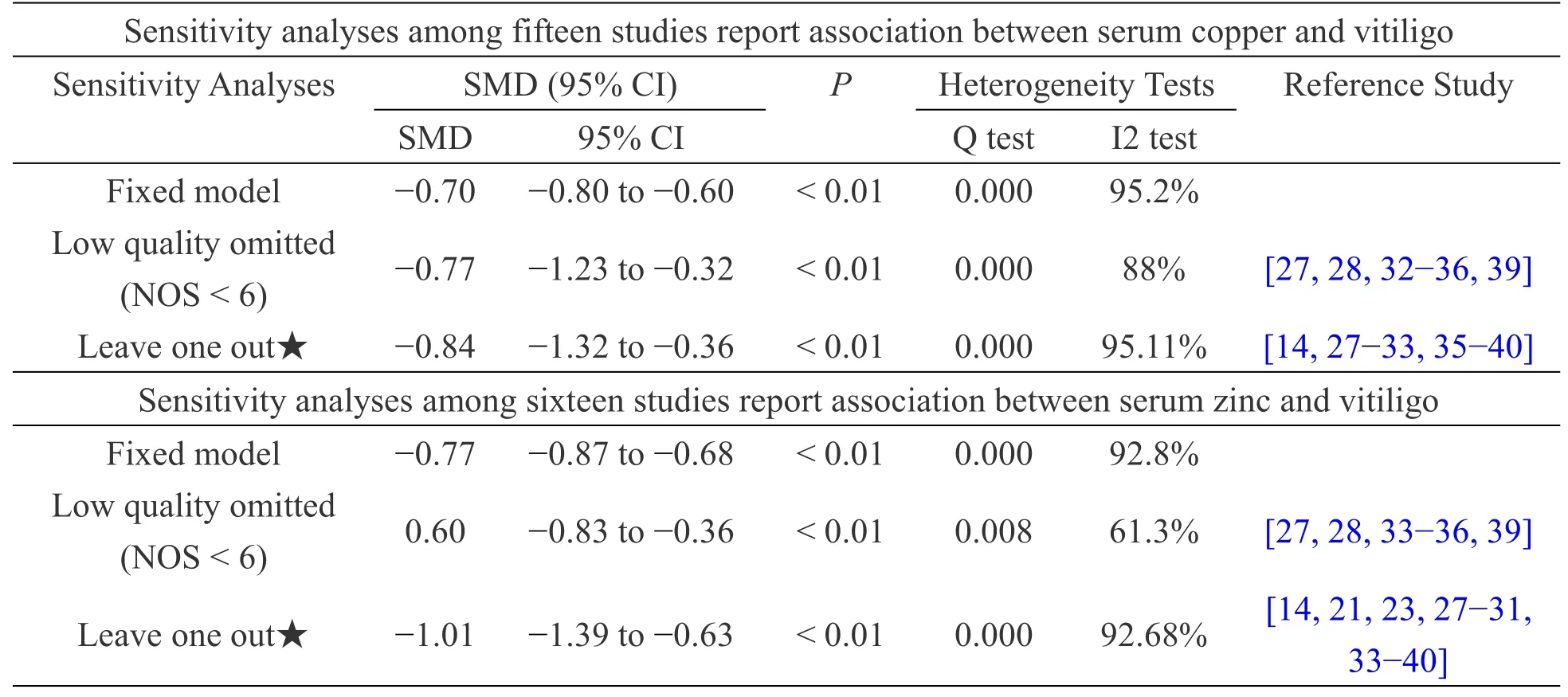
Table 3 Sensitivity analyses for studies of serum copper and zinc
Publication bias
Begg's test and Egger's test was utilized for publication bias test.There was no publication bias using both Begg’s and Egger’s test for studies of serum Cu levels(PBegg=0.198,PEgger=0.239)and studies of serum Zn levels(PBegg=0.105,PEgger=0.058).The funnel plot of the Egger’s test is a substantially symmetrical distribution(Figure 7 and Figure 8).
Discussion
Our meta-analysis contained 18 studies involving 2,923 participants from four regions at last,which indicated falling serum copper and zinc may confer risk to vitiligo.High statistical heterogeneity was detected among 18 studies.At the same time,no statistically significant difference was detected when performed sensitivity analysis via omitting individual study each time,which demonstrated our results were robust.In addition,there was no publication bias among included studies.
Relationship between serum of Cu/Zn and risk of vitiligo has not yet been elucidated out-and-out.Until now,this association have been proposed by several hypotheses.In the first place,tyrosinase,a melanosomal membrane protein containing copper,is an essential enzyme for melanin synthesis in melanocytes[39].Trihydroxy phenylalanine quinone(TPQ)and lysine tyrosyl quinone(LTQ),are tyrosinase-derived cofactor.Cu is not only essential for the biogenesis of TPQ and LTQ,but remains tightly-bound to the protein and participates in catalytic activity of the enzyme with the mature quinone cofactor[17,40].Secondly,Zn constitutes an essential prosthetic group in Cu/Zn superoxide dismutase,affecting cellular reduction,oxidation status and gene transcription[18].Thirdly,Tyrosinase was modified by reactive oxygen species(ROS)[41].ROS,stimulated by exogenous and endogenous factors,disordering antioxidant pathways and polymorphisms of ROS-associated genes[42].Overproduction of ROS in melanocytes,leading to damage of melanocyte and the production of autoantigens via apoptosis,accumulation of misfolded peptides,cytokines induced by endoplasmic reticulum stress and sustained unfolded protein response ways[41,42].Cu and Zn are antioxidants through constituting Cu/Zn superoxide dismutase,catalyzing the dismutation of ROS to O2or H2O2and protecting melanocyte from oxidation[19].Last but not least,increasing evidence from worldwide in clinical trials revealed that serum levels of Cu and Zn stay at a lower level,which inducing the onset of vitiligo[14,20,43,44].Plausible explanation for those evidences is the disorder of oxidant-antioxidant mechanism and autoimmunity[45,46].Based on compared corticosteroid group and Zn sulfate plus corticosteroid group,results revealed mean of hypotheses mentioned above,it appears Cu and Zn could be preventing and effective interventions in vitiligo.Study from Tsiskarishvili[47]reported 56%clinical symptoms of infants with vitiligo got improved after treated by cuprum sulfate and vitex.Yaghoobi[48]responses in Zn sulfate plus corticosteroid group were 24.7%.

Figure 5 Results of sensitivity analysis for studies of serum Cu

Figure 6 Results of sensitivity analysis for studies of serum Zn
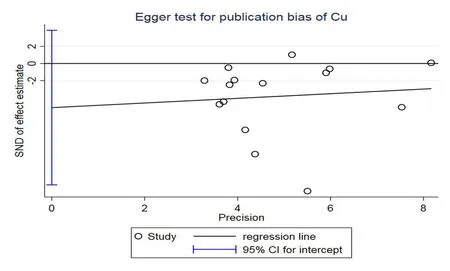
Figure 7 Funnel plot of Egger's test for studies of serum Cu
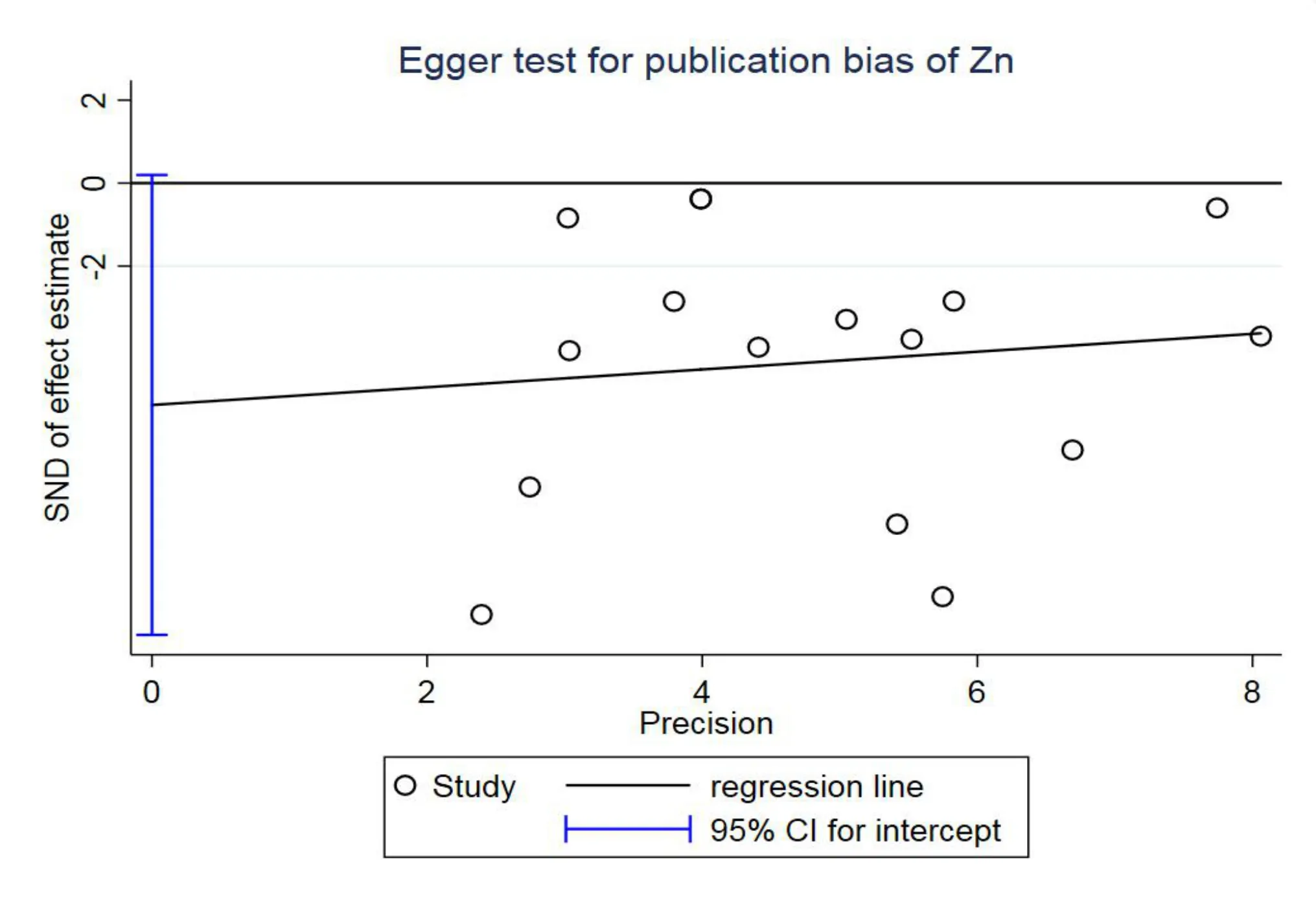
Figure 8 Funnel plot of Egger's test for studies of serum Zn
Only one other research has previously elaborated the relationship between serum Cu/Zn and vitiligo in Chinese people[45].The cumulative standardized mean difference for the studies was(SMDCu=-0.90(95% CI:-1.34 to-0.47))and(SMDZn=-1.09(95%CI,-1.51 to-0.64))respectively.Our meta-analysis differs from this work in several respects.Firstly,more studies and participants were included in our research.Secondly,participants selected by previous meta-analysis only focused on Chinese people.It is reported that the incidence of vitiligo is different in various regions[1,3],which influence the accuracy of the results.Thirdly,possible publication bias may exist for serum Zn level in the previous article.On the contrary,no statistical evidence for publication bias in our results.
We improved the inclusion and exclusion criterion for a more valid evidence base and precise estimates.Besides,we also showed no evidence for publication bias between included studies.Therefore,our results should incarnate the association between serum copper/zinc and vitiligo better.There are still many shortcomings in our research,particularly the selection of participants with the primary studies,should be observed.Above all,high standard deviations between case and control groups(e.g.Tan QM[31]and Li ZP[30])were noticed,which undermine comparability and quality assessment.
All in all,evidence from our meta-analysis indicates that lower level of copper and zinc in serum confer risk to vitiligo.Further prospective researches are suggested to confirm the association and causal connection between them.If this association is verified in the foreseeable future,serum Cu and Zn are going to be affirmatory biomarkers in vitiligo patients.Cu and Zn supplements are supposed to be preventing and effective interventions for vitiligo.
Abbreviations
CNKI,Chinese National Knowledge Infrastructure;CBM,Chinese Biology Medical Literature Database;MeSH,medical subject headings;NOS,Newcastle-Ottawa Scale;SMD,standardized mean difference;CI,confidence intervals;TPQ,trihydroxy phenylalanine quinone;LTQ,lysine tyrosyl quinone;ROS,reactive oxygen species.
Acknowledgments
Thanks to the authors who made detailed data available for this meta-analysis and our colleagues in this study for their hard work.
Competing interests
The authors declare that there is no conflict of interests regarding the publication of this paper.
杂志排行
Clinical Research Communications的其它文章
- A case of oral lichen planus treated by clearing phlegm and heat
- Clinical analysis of the delivery outcomes of women with abnormal uterus
- Factors influencing the belongingness of nursing students in clinical nursing:a scope overview
- A meta-analysis of Banxia Xiexin decoction versus omeprazole in the treatment of gastroesophageal reflux disease
